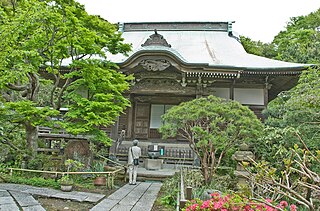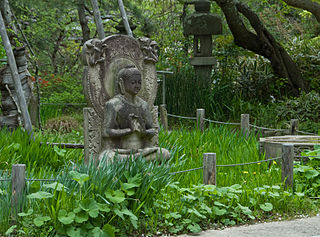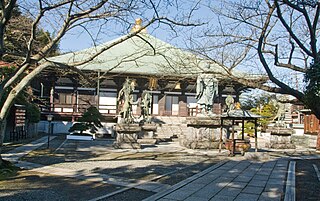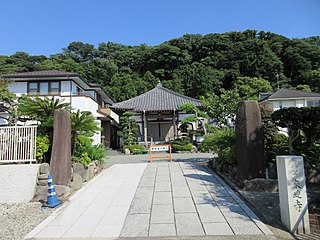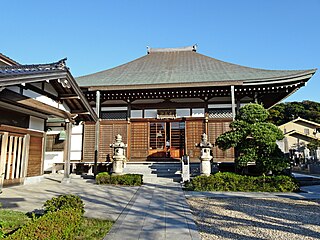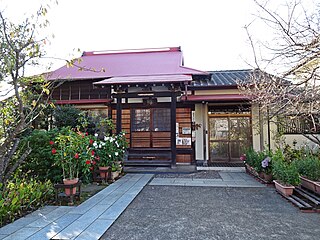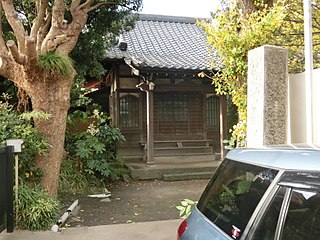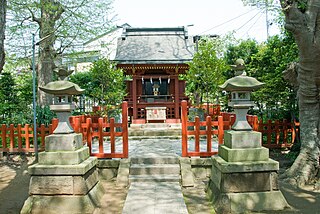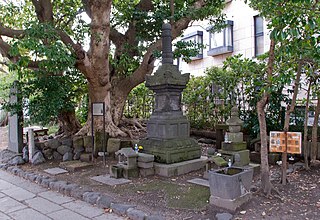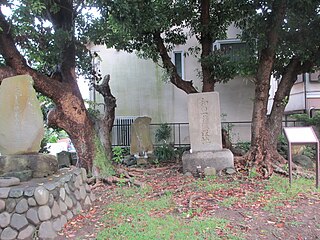Self-guided Sightseeing Tour #2 in Kamakura, Japan
Legend
Guided Free Walking Tours
Book free guided walking tours in Kamakura.
Guided Sightseeing Tours
Book guided sightseeing tours and activities in Kamakura.
Tour Facts
3.2 km
62 m
Experience Kamakura in Japan in a whole new way with our self-guided sightseeing tour. This site not only offers you practical information and insider tips, but also a rich variety of activities and sights you shouldn't miss. Whether you love art and culture, want to explore historical sites or simply want to experience the vibrant atmosphere of a lively city - you'll find everything you need for your personal adventure here.
Activities in KamakuraIndividual Sights in KamakuraSight 1: 妙法寺
Ryōgonzan Renge-in Myōhō-ji (楞厳山蓮華院妙法寺) is a Buddhist temple of the Nichiren sect in Kamakura, Kanagawa, Japan. It is one of a group of three built near the site in Matsubagayatsu, or the Valley of Pine Needles (松葉ヶ谷), where Nichiren, founder of the Buddhist sect that bears his name, is supposed to have had his hut. The temple has also close ties with Prince Morinaga and the Imperial House.
Sight 2: 安国論寺
Myōhōkekyōzan Ankokuron-ji (妙法華経山安国論寺) is a Buddhist temple of the Nichiren sect in Kamakura, Kanagawa, Japan. It is one of a group of three built near the site in Matsubagayatsu (Valley of Pine Needles where Nichiren, founder of the Buddhist sect that bears his name, is supposed to have had his hut.
Sight 3: 長勝寺
Ishiizan Chōshō-ji (石井山長勝寺) is a Buddhist temple of the Nichiren Shū in Kamakura, Kanagawa, Japan. It's one of a group of three built near the site in Matsubagayatsu (Valley of Pine Needles where Nichiren, founder of the Buddhist sect that bears his name, is supposed to have had his hut. The first part of its name is derived from the founder's last name, the second is an alternative reading of the characters for Nagakatsu, the founder's first name.
Sight 4: 来迎寺
Raikoji Temple is a temple of Tokimune located in 2-chome, Kamakura, Kanagawa Prefecture.
Sight 5: Myocho-ji
Myōchoji Temple is a temple of Nichiren Buddhism located in Kamakura City, Kanagawa Prefecture.
Sight 6: 向福寺
Kofukuji Temple is a temple of Tokimune located in Kamakura City, Kanagawa Prefecture.
Sight 7: Keiunji Temple
Keiunji Temple is a temple of Nichiren Buddhism located in Kamakura City, Kanagawa Prefecture. The name of the mountain is Shokoyama. The opening of the mountain is a blessing in disguise. The former main temple is Ōmotoyama Honkuji Temple (Rokujōmon-ryū). Konishi Horen.
Sight 8: Moto Hachiman
Moto Hachiman (元八幡) is a small but very old and historically important Shinto shrine in Kamakura, Kanagawa Pref., Japan.
Sight 9: 畠山重保墓
Hatakeyama Rokurō Shigeyasu (畠山六郎重保) was a Kamakura period warrior who fell victim of political intrigue in 1205. The grave under a tabu no ki tree near the Yuigahama end of Wakamiya Ōji Avenue in Kamakura, Kanagawa Prefecture, Japan and next to Tsurugaoka Hachiman-gū's first torii is traditionally supposed to be his. It is an Important Cultural Property and a famous example of hōkyōintō. Famous for the quality of its manufacture, the hōkyōintō' is 3.45 m tall and is made of andesite.
Sight 10: 和田塚
Wadazuka is a medieval memorial mound that is said to have been dedicated to the army of Yoshimori Wada, located at 3-4-7 Yuigahama, Kamakura City, Kanagawa Prefecture. Originally, it was called "Mujodo Mound", and there is a theory that it was one of the Kofun Tombs and Mukaihara Kofun groups from the same Kofun period as the Kagime Mound where the Haniwa (Yokohama National University, Kyoto University collection) and Magata Haniwa were excavated. However, there are some doubts about the use of Wadazuka as an ancient burial mound.
Share
Disclaimer Please be aware of your surroundings and do not enter private property. We are not liable for any damages that occur during the tours.
GPX-Download For navigation apps and GPS devices you can download the tour as a GPX file.
